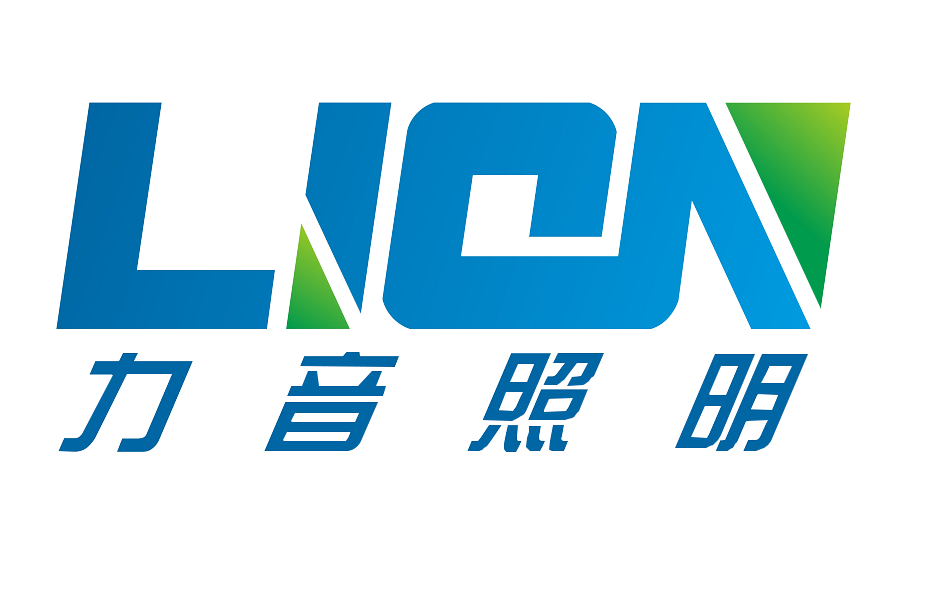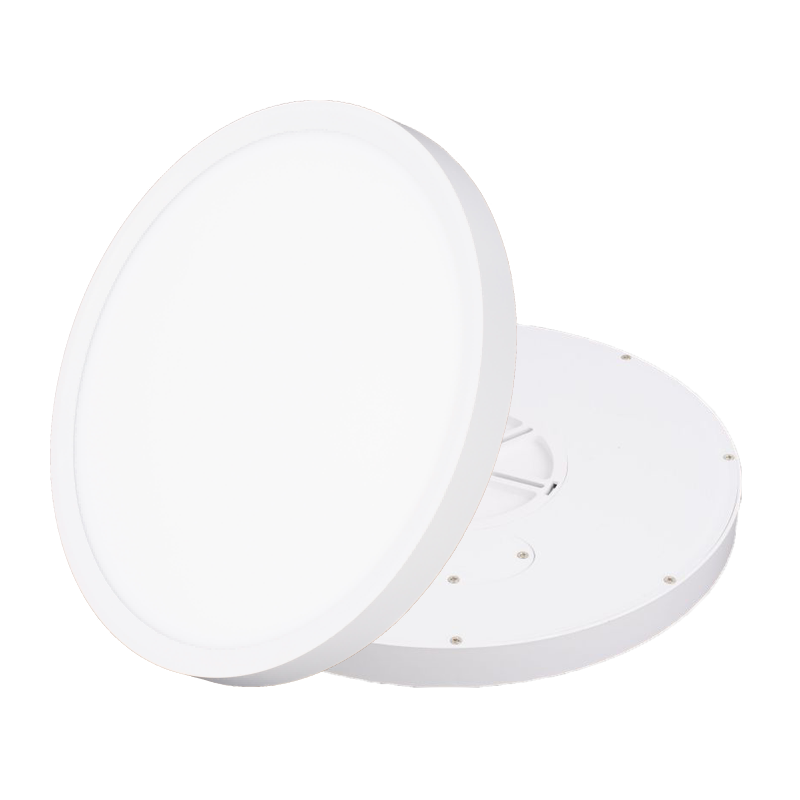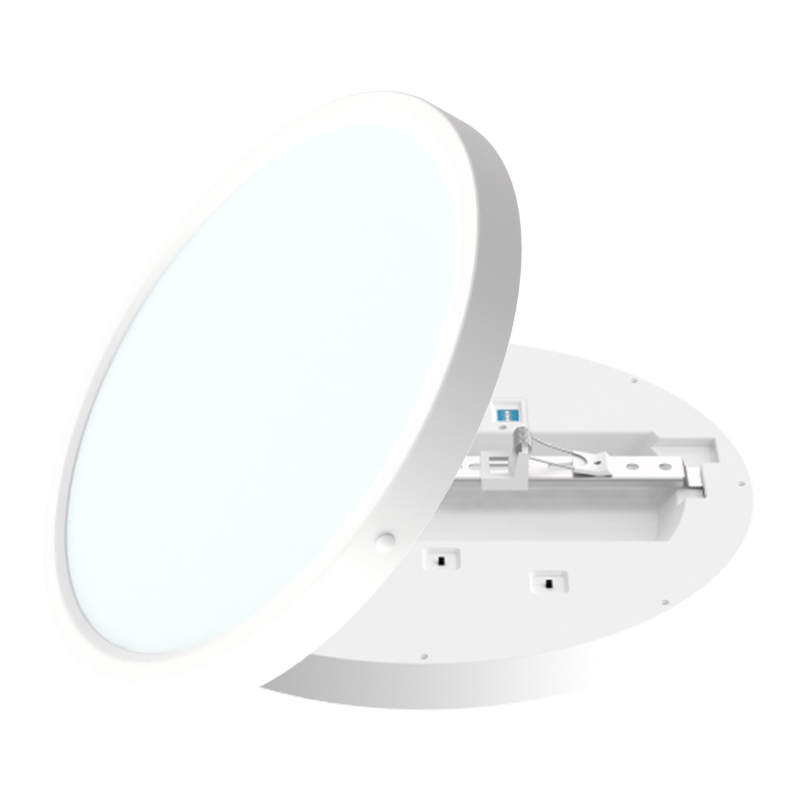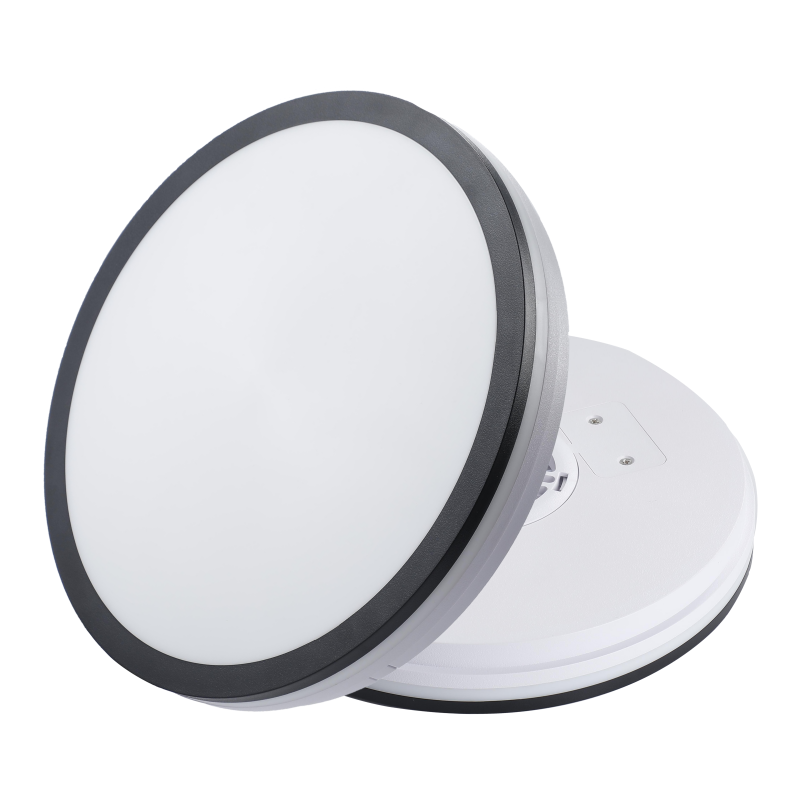Walk into an office, a hospital, or even a home in many countries, particularly in East Asia and parts of Europe and North America, and you might be greeted by the crisp, bright, bluish-white light of high-color-temperature lamps. Often measured in Kelvins (K), this "cool white" (5000K-6500K) or "daylight" light stands in stark contrast to the warm, yellowish glow (2700K-3000K) preferred in other regions. This preference is not arbitrary; it is a complex interplay of cultural associations, practical needs, and economic factors.
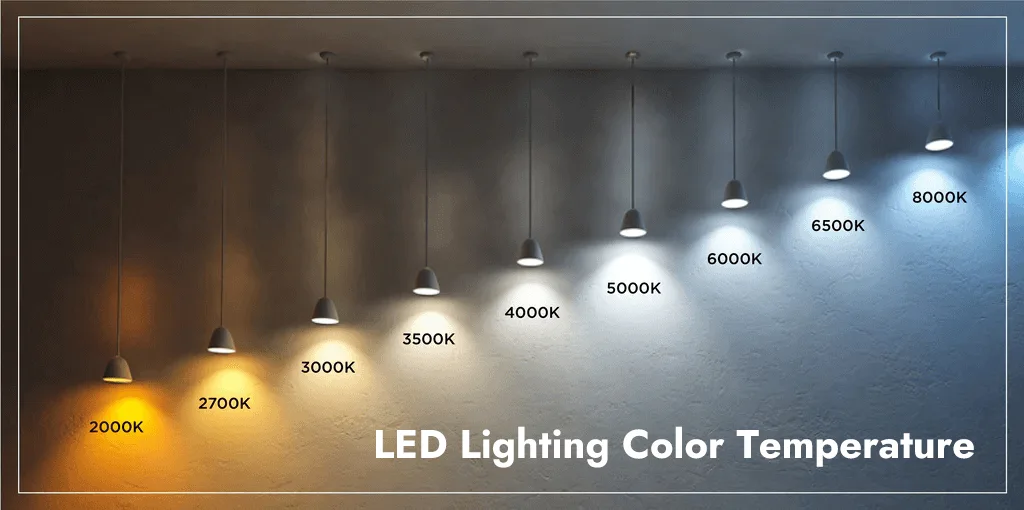
1. Association with Modernity and Efficiency
A primary driver for the preference for cool white light is its strong psychological link to modernity, cleanliness, and efficiency. The bright, bluish tone is reminiscent of a clear midday sky, which subconsciously signals alertness and activity. In fast-paced urban environments, especially in technological powerhouses like Japan and South Korea, this type of lighting is seen as conducive to productivity. It creates an atmosphere that feels clinical, precise, and forward-thinking, aligning with a national identity built on innovation and industrial prowess. In spaces like factories, laboratories, and modern office buildings, cool white light is the undisputed standard for its ability to mimic natural daylight and reduce eye strain during detailed tasks.
2. Enhanced Visual Acuity and Safety
There is a practical, functional advantage to high-color-temperature lighting: it offers superior visual clarity. The cooler spectrum provides higher contrast, making it easier to see fine details and true colors. This is crucial in several contexts:
Workplaces: In manufacturing and electronics assembly, where precision is paramount, cool white light helps workers spot minute defects.
Public Safety: In countries like Germany and Japan, which place a high value on order and safety, this lighting is common in hospitals (for accurate diagnosis), subway stations, and public walkways. It makes the environment feel safer by eliminating shadows and dark corners, thereby increasing a sense of security.
Retail and Display: In certain retail settings, especially those selling technological gadgets, jewelry, or white goods, cool lighting can make products appear sharper and more defined.
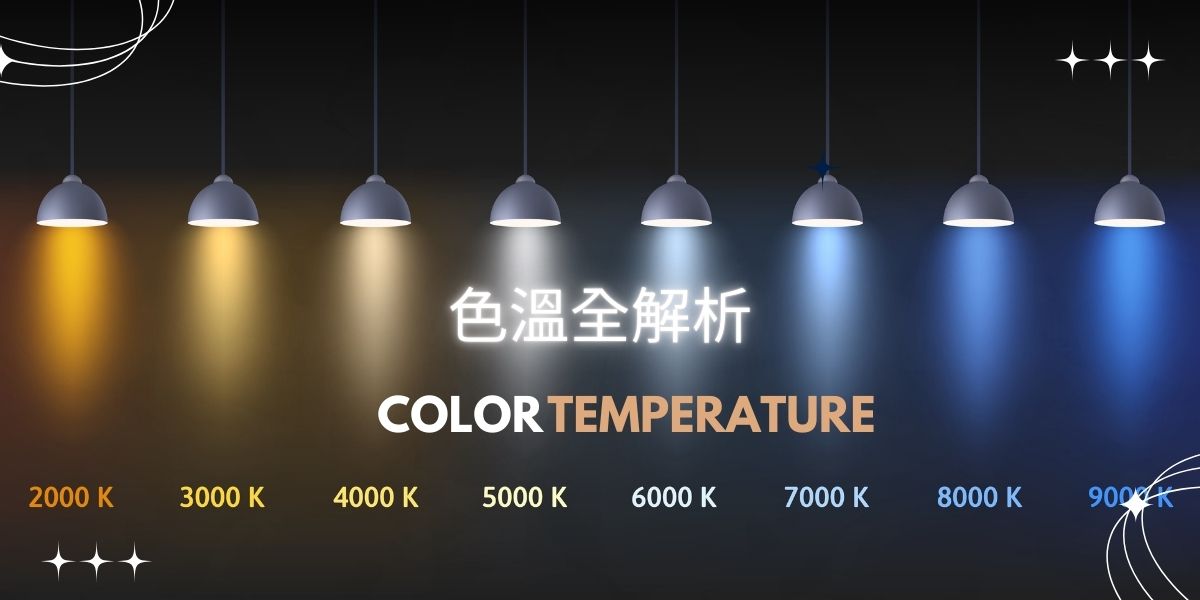
3. Climatic and Environmental Influences
Cultural preferences for light are often shaped by the natural environment. In regions with frequent overcast skies, such as Northern Europe and the United Kingdom, there is a historical yearning for bright light to combat the gloom. While warm light is used for cozy interiors, there is a greater acceptance of cool, daylight-mimicking bulbs in spaces where people need to feel energized. Similarly, in densely populated urban centers of East Asia, where people often live and work in spaces with limited access to natural sunlight, cool white lighting serves as an artificial substitute for sunshine, helping to regulate circadian rhythms and maintain alertness.
4. Economic and Infrastructural History
The historical development of a country's lighting infrastructure has also played a role. Fluorescent lighting, which was widely adopted for public and commercial use in the mid-20th century, naturally emits a cooler, more greenish-blue light. In many countries that rapidly industrialized during this period, this became the default lighting for schools, offices, and hospitals. This created a generational familiarity where cool white light became the "normal" or "standard" light for public and workspaces, and this preference often trickled down into residential use.

5. The Psychology of Productivity and Modernity
The most significant driver for the preference of cool white light is its psychological impact. Scientifically, high-color-temperature light is known to suppress melatonin, the hormone that regulates sleep. This makes people feel more alert, focused, and awake.
Workplaces and Offices: In highly competitive, industrial, and service-oriented economies, maximizing productivity is paramount. Cool white lighting in factories, offices, and schools is believed to reduce drowsiness and enhance concentration, making it the default choice for environments where precision and efficiency are valued above all else.
A Symbol of Progress: Warm light is associated with traditional light sources like fire and incandescent bulbs. In contrast, the stark, bluish tone of high-CCT lighting feels modern, technological, and clean. For nations that have undergone rapid modernization, this type of lighting can subconsciously symbolize advancement and a break from the past.
A Shift in Perspective
It is important to note that preferences are not static. With growing awareness of light's impact on circadian rhythms (well-being architecture) and the influence of global design trends, there is a slow but noticeable shift. Many people and businesses are now adopting "human-centric" lighting that changes color temperature throughout the day—cool and energizing in the morning, warm and relaxing in the evening.
Conclusion
The preference for high-color-temperature lighting in many countries is a multifaceted phenomenon. It is deeply rooted in a cultural lexicon that equates cool white light with modernity, cleanliness, and efficiency. This is powerfully supported by its practical benefits in enhancing visual acuity and safety in public and workspaces. Furthermore, environmental factors and historical infrastructural choices have reinforced this preference, making the cool glow not just a matter of taste, but a reflection of a society's values, climate, and developmental journey. As lighting technology continues to evolve with tunable smart bulbs, these cultural preferences will likely remain a key factor in how we choose to illuminate our world.
